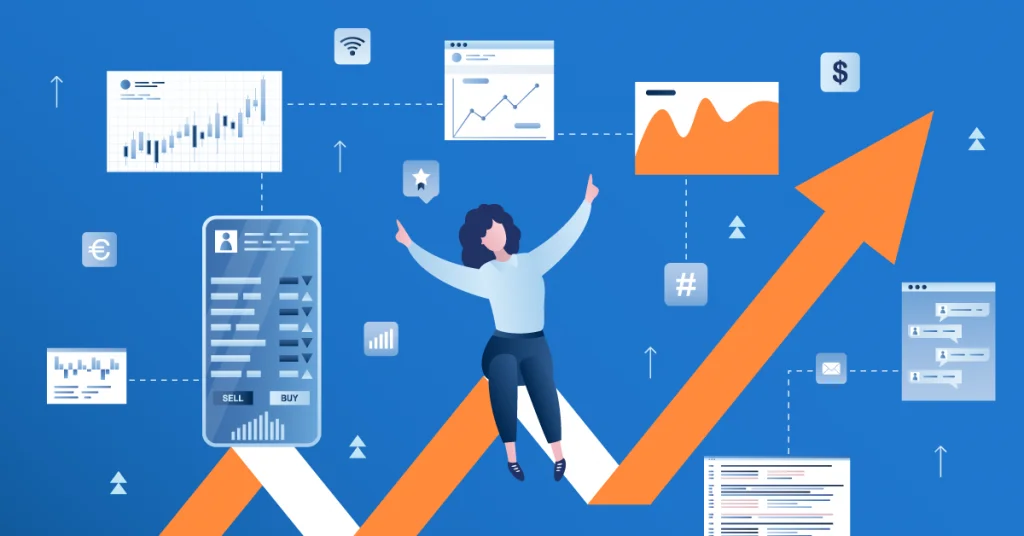
Marketing in the 2020s is all about data. Sports marketing is no different. In order to effectively market sporting events, teams need reliable data. They also need to know how to translate data into action. In essence, teams need to create a data-driven marketing strategy that is repeatable event after event.
The good news is that creating this data-driven strategy does not have to be a matter of guesswork. Companies like KORE provide everything organizations need – from sports marketing software to real-time data to business intelligence – to properly leverage data and analytics for marketing optimization.
As Much Data as Possible

A data-driven marketing approach is rooted in big data. Furthermore, the big data principle dictates gathering as much data as possible and then analyzing it to gain insights. Organizations should utilize their sports marketing software to gather data from multiple sources. Here are some of the options:
- Social media analytics which track engagement and performance across multiple platforms.
- Website and mobile app analytics detailing behavior, conversion rates, etc.
- CRM systems capable of analyzing fan interactions and history.
- Demographic data that provides insights into audience age, location, etc.
- Behavioral data demonstrating how fans interact with content and events.
There is no such thing as too much data if you know how to analyze it. Once analyzed, you also need to apply it. That leads to the next point regarding audience segmentation.
Audience Segmentation
The next step in creating a data-driven marketing strategy for sports events is audience segmentation. In essence, you use some of the data you collected to divide your total audience into more detailed segments. This is done with the understanding that different messages appeal to different segments of one’s audience.
Segmentation could group fans based on their purchase behaviors, engagement levels, and personal preferences. Fans could also be grouped according to demographics and purchase power. Segmentation criteria can differ from one organization to the next, but it should always align with the organization’s goals and objectives.
KORE recommends developing personas for each segment. Customer personas help marketing teams better understand audience needs and motivations.
Personalize and Optimize

Once marketing efforts begin in earnest, be sure to both personalize and optimize for fans. On the personalization side of things, consider customized content that targets individual segments. Consider personalized offers and promotions, dynamic advertising, and targeted messaging that resonates on a per-event basis.
On the optimization side of things, it’s all about improving the fan experience. Data can reveal certain event improvements that can help refine logistics and on-site offerings. Organizations can leverage data to develop interactive content that caters to fan interests in person.
The idea is to create a personalized journey each fan follows across multiple touch points. Data shows how to do it. It is a matter of collecting that data and applying it effectively.
Measure and Iterate

It should be understood that creating a data-driven marketing strategy for sports events requires continuous motion. It’s not enough to collect and analyze data. It is not enough to measure something. Organizations must continually measure and iterate.
Sports marketing software with built-in AI analytics and deep learning capabilities go a long way toward achieving a constant motion of measurement and iteration. Along the way, data is continually harvested and analyzed in real time.
Creating a data-driven marketing strategy begins with sports marketing software designed to provide the deepest possible insights. That is your starting point. If you need help, KORE Software is one option. Contact them to learn more about their services. With the right data and the insights that it provides, you can transform how you market sports events.











